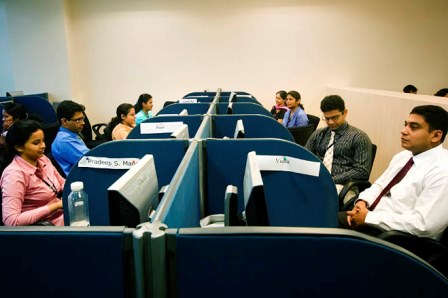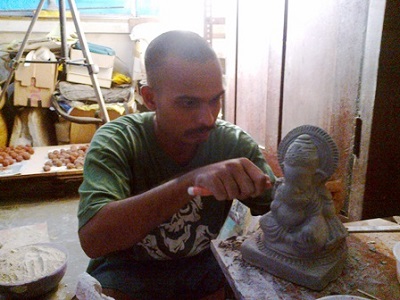You’ll know what your employees are like if you observe, communicate and listen constantly for information and read the signs.
by Reyna Mathur
Consider this situation: you are the leader of a team of young trainees, and you are entrusted with the job of finding out the strengths of each person and fit them to the correct role. How do you achieve this? Do you take one-on-one interviews and ask them point blank what role they would like to do? Or do you opt for a more creative approach to find the answers more effectively?
HR professional Mayank Shetty advises, “The best way is to get the team together for a tea session in the canteen, where we would all get to know each other’s names and break the ice. Then I would suggest a bonding activity like going for a film.” He suggests that putting a new group in a situation where they have to share information with each other and even possibly pay for travel, food and entertainment goes a long way in telling the leader about each person. “For instance, I would notice at once if somebody is unwilling to pay for food, or is not forthcoming with information when asked which film they want to see. I would also note if somebody takes more initiative and plans for the whole group.”
You might want to note these 5 potential ‘red flags’ in your employees:
1. Reserved, uncommunicative employees. There may be at least one person on the staff who is silent most of the times and prefers to be by himself even in a group. Many people suffer from shyness which is often mistaken for aloofness. Try and get the person to speak up more, but don’t get pushy. It is normal for new joinees to be quieter than the rest of the staff, but if the employee has been with the office for over six months and still does not have an office friend, it means that the person functions best when left alone and should not be forced to participate unless ready.
2. The ‘funny’ employee. Every group has at least one ‘office clown’ who can be relied on to keep the atmosphere light. This person will have a joke ready for every situation. However, observe the person’s interpersonal communication with others – does he or she make hurtful comments about the others under the guise of a joke? Does he or she make racist, sexist or obscene comments that may embarrass others? You should clearly indicate that any hurtful or vulgar conversation will not be tolerated in the office. On the other hand, if the employee is also seemingly popular with the staff on an individual level, it means he or she is a good listener and employs humour to make friends.
3. The backlog employee. Your staff will have one person who habitually carries today’s tasks over to the next working day. Observe this person’s working habits for a while to judge why this happens. It might be as simple as plain procrastination, or it may be that the person is so burdened with tasks that he or she runs out of time to complete them. Speak to them if you find that he or she doesn’t finish the work out of laziness. If you need to reassign duties to this employee, do it at the earliest before the backlog increases. If necessary, team up this person with another team member who is finicky about finishing all tasks on deadline.
4. The give-me-everybody’s-work employee. Some members of the staff like to assist others on their projects, but very soon find themselves in a situation where they are doing all the work. This sort of employee is unable to say ‘no’ and hence, gets taken advantage of by the others. Clamp down on this situation at once, and take the employee aside to know why they are doing work outside their own ambit of duties. At this point, they should be able to communicate their problem areas clearly with you, provided you create a non-threatening discussion environment. If they still cannot speak up after gently probing, it simply means that they lack the gumption to defend themselves. You should think twice before putting this person in charge of a team or a project.
5. The ‘It’s not my problem’ employee. This kind of employee cannot be a team player, because he or she does not believe in rolling up their sleeves and getting down to completing the job. Their overall outlook is that they will do only as much as they are paid to do, and will categorically refuse to assist another team member or own up responsibility for an issue. This employee will also refuse to work beyond the stipulated working hours and make excuses to skip all-nighters. The best way to get this person to be productive is to put him or her in charge of a project and convey that the team’s progress will reflect in his KRAs.
(Picture courtesy www.wsj.com. Image is used for representational purpose only)






